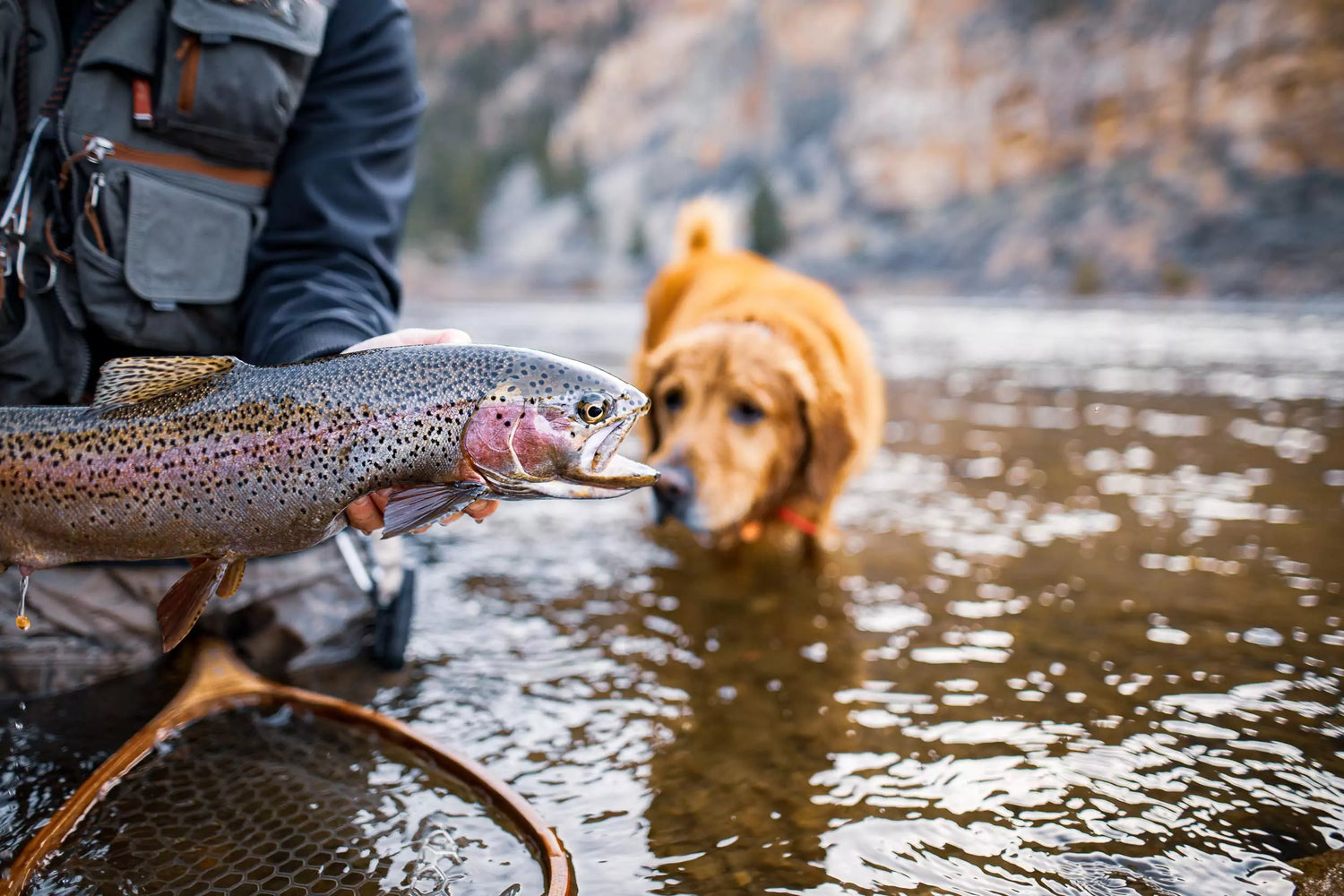
Montana Casting Co. Blog
Fly Fishing Tips and Tricks
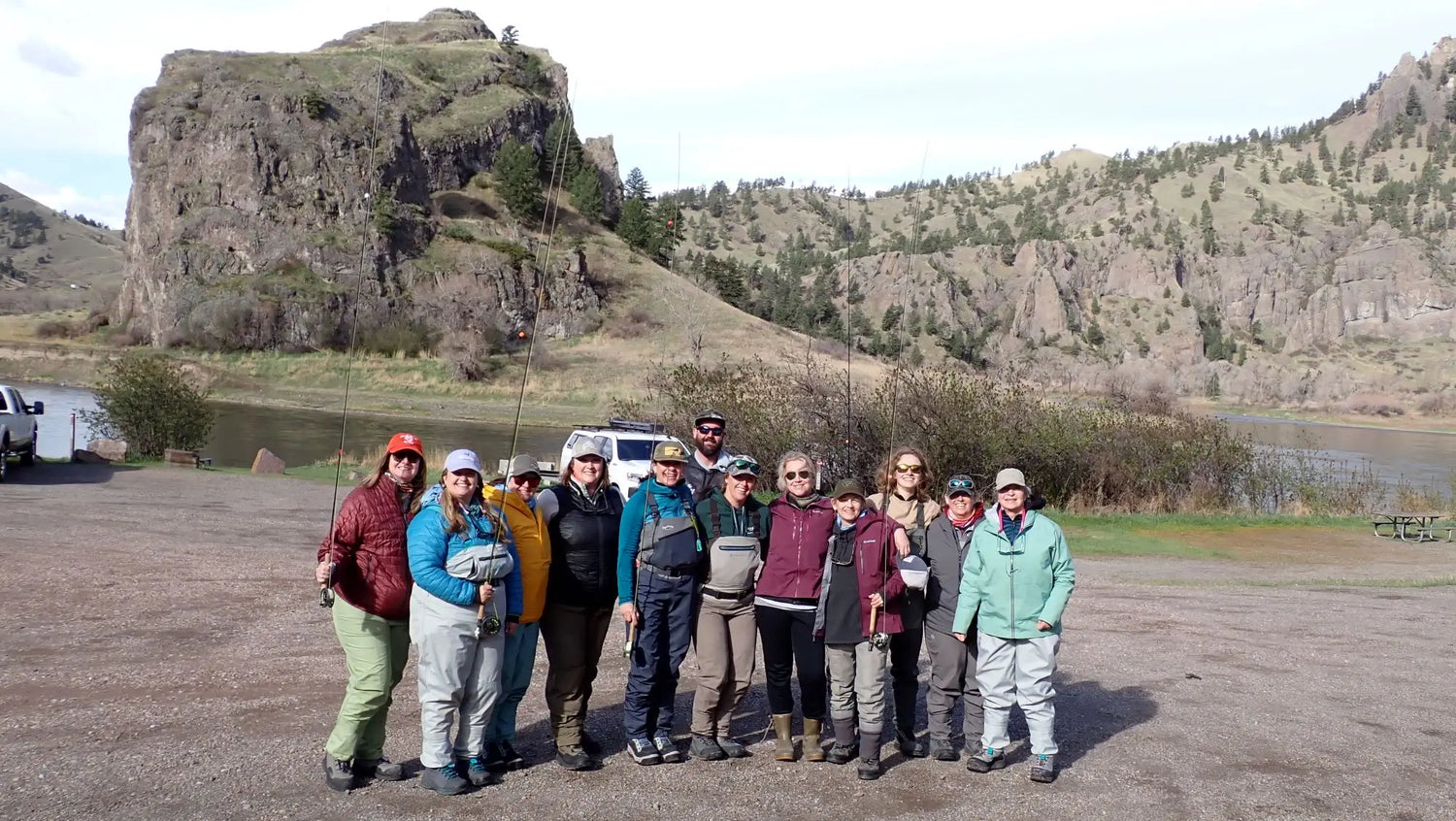
Reflections on a Weekend Fly Fishing Among Women (Part 1)
The Women’s Fly Fishing Clinic at Hidden Canyon Lodge Stepping into Hidden Canyon Lodge on a cool April evening, the first sensation I felt was one of warmth. A fire...
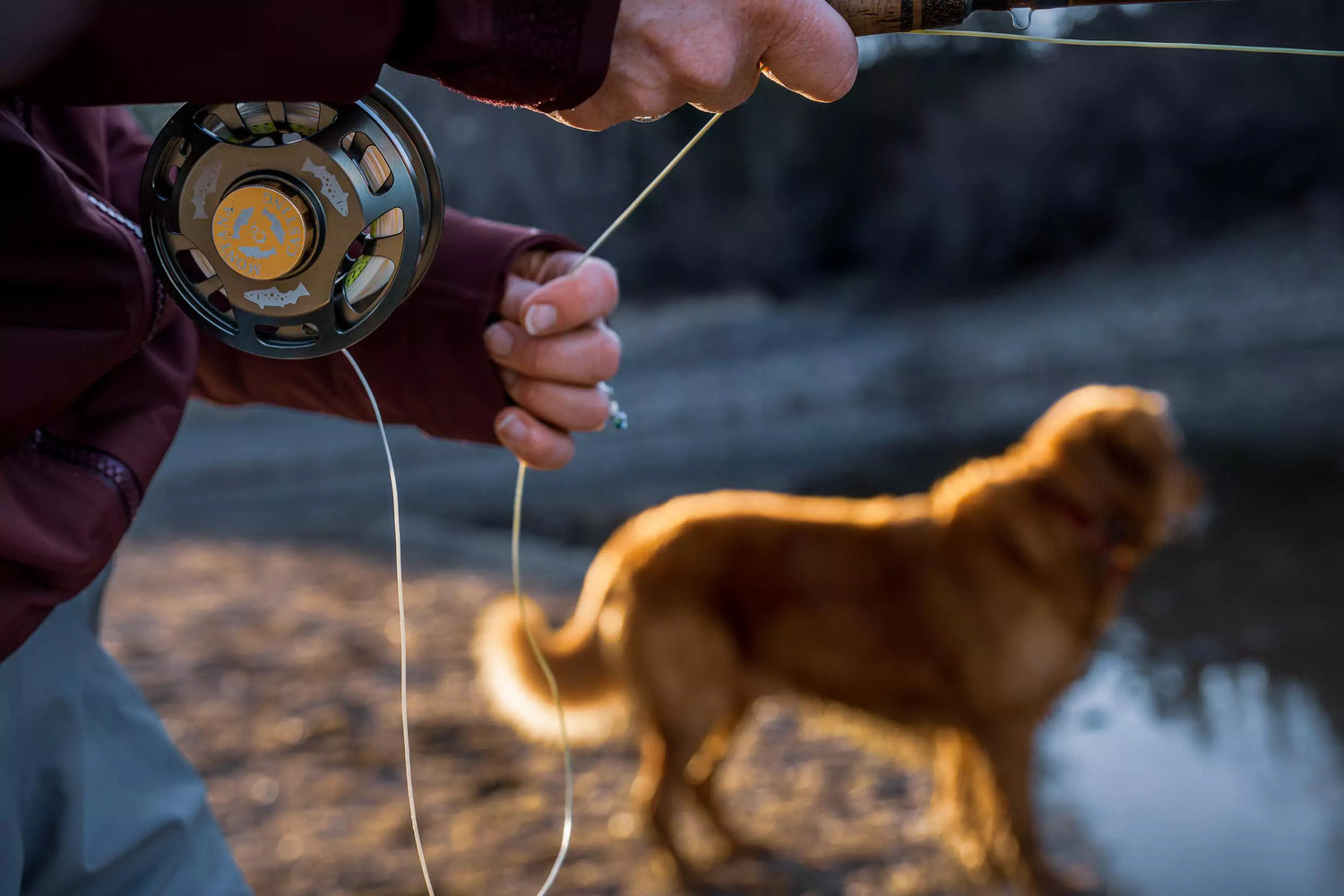
Let’s Get into the Weeds: Fly Lines Part 3
The question of which fly line is right for you can be a complicated one to answer. We’ve mercilessly dissected many fly lines over the years in the name of science… As a result, we’ve gotten our fly rods and fly lines to be exactly what we want them to be.
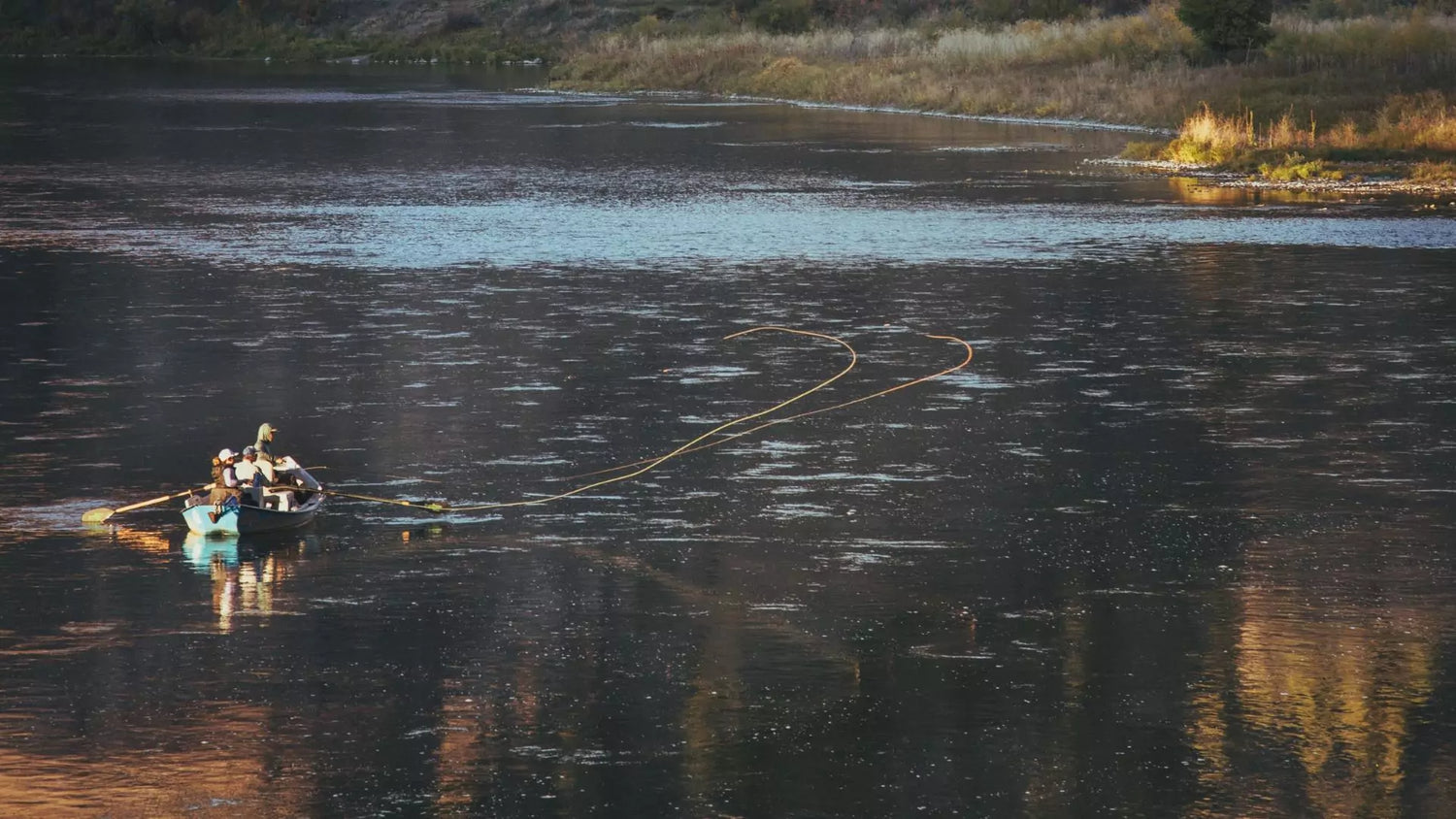
Let’s Get Into the Weeds: Fly Lines Part 2
Digging into Fly Line Taper In Fly Lines Part 1, we looked at how a rod’s optimal line weight is determined using the Common Cents System as well as how...
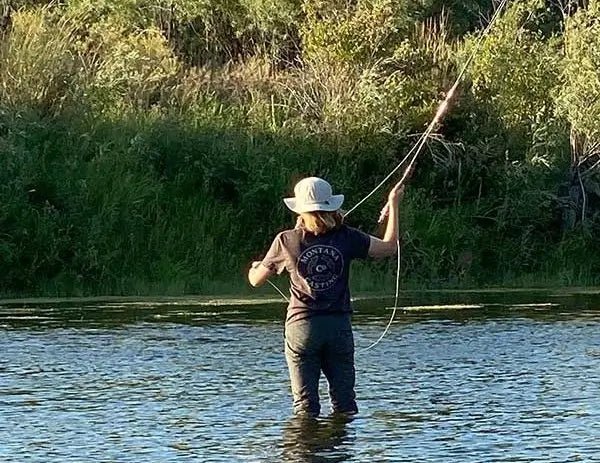
Getting Hooked on Fly Fishing
The Little Brookie that Flew - A Fly Fishing Story by Hannah Dreesbach I was in elementary school when my father first put a fly rod in my hand. We...
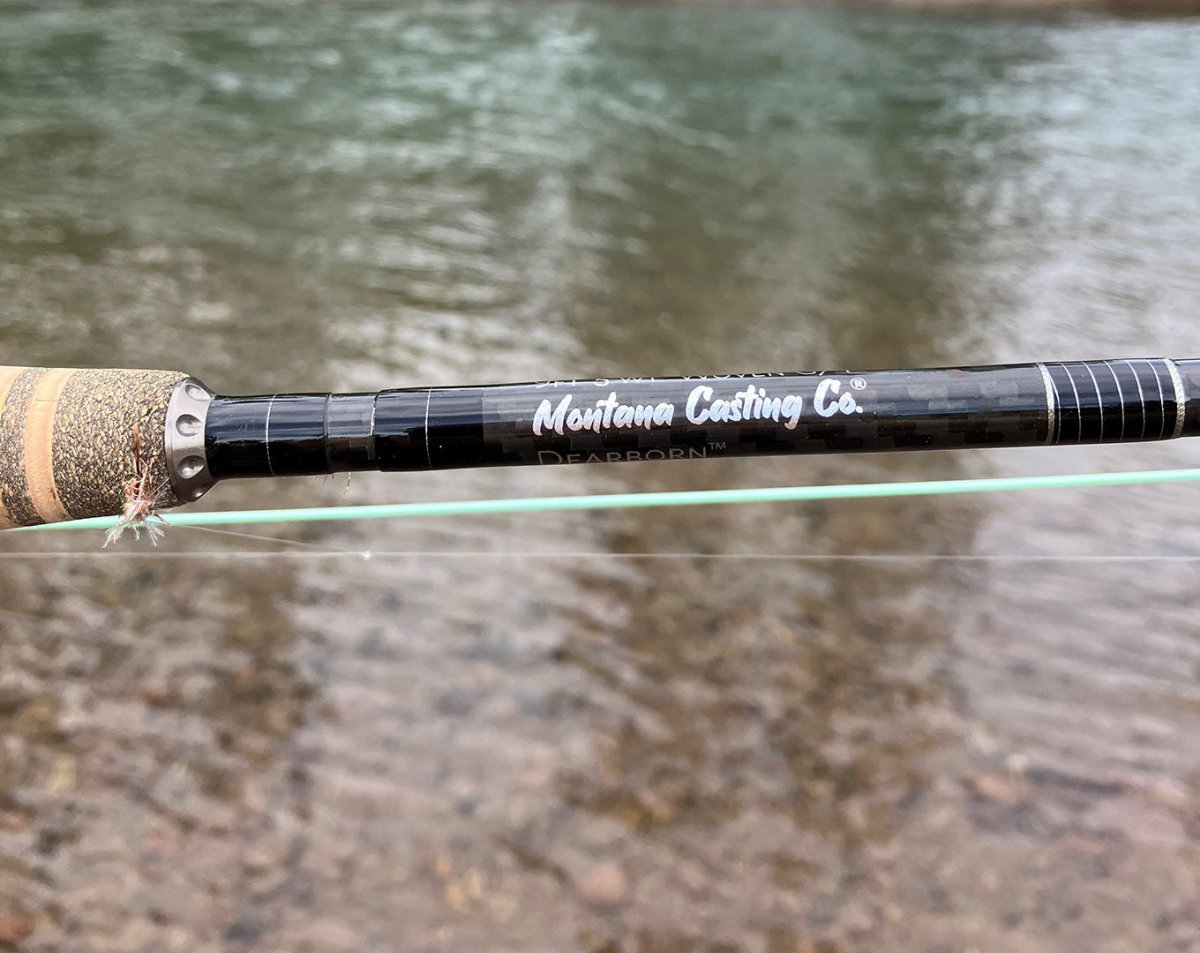
Let's Get into the Weeds: Fly Lines Part 1
Which fly line is right for you? The answer to that question can depend on a slew of factors, including the species of fish you plan to chase, the flies...
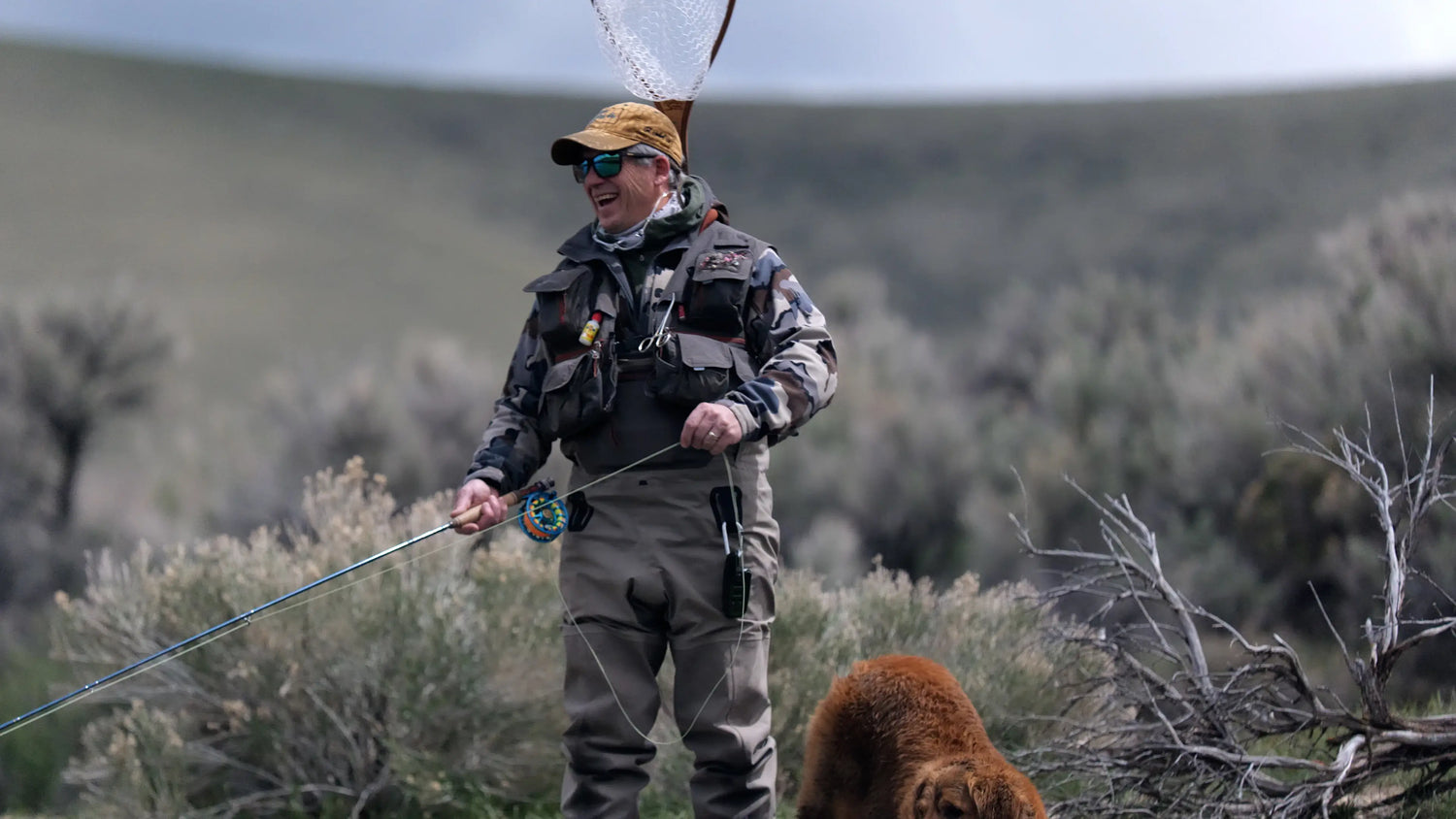
Rigging Your New Fly Rod & Reel
Rigging Your New Fly Fishing Rod & Reel The big day is here; you finally have your new dream fly rod and reel in hand. The excitement is almost too...

Choosing the Right Fly Rod Weight
What is Fly Rod Weight? At its simplest, fly rod weight is an indicator of a blank's stiffness: the higher the “weight”, the stiffer the blank. Typically, you will match...
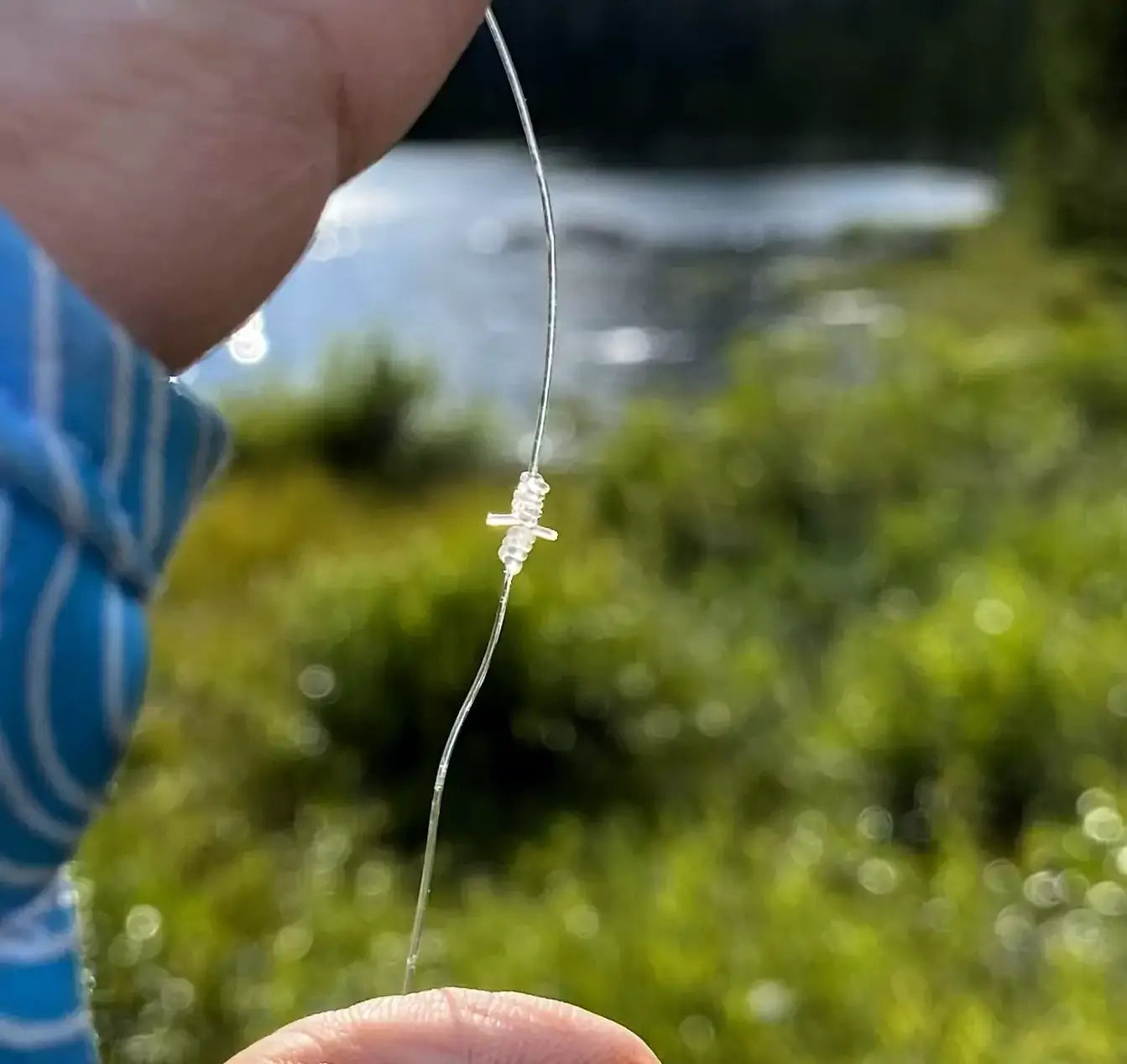
Fly Fishing Knots: How to Tie a Blood Knot
Blood knots—complicated or simple? Whether you’re grabbing your 4 wt fly rod for a weekend in the mountains or preparing for a trip to the salt flats, the blood knot...

Fly Fisherman Magazine is Featuring Montana Casting Co.
Fly Fisherman Magazine is featuring Montana Casting Co. and our Warm Springs Fly Rod in its April-May 2024 Issue! Fly Fisherman loves gear with a story behind it, and Montana...
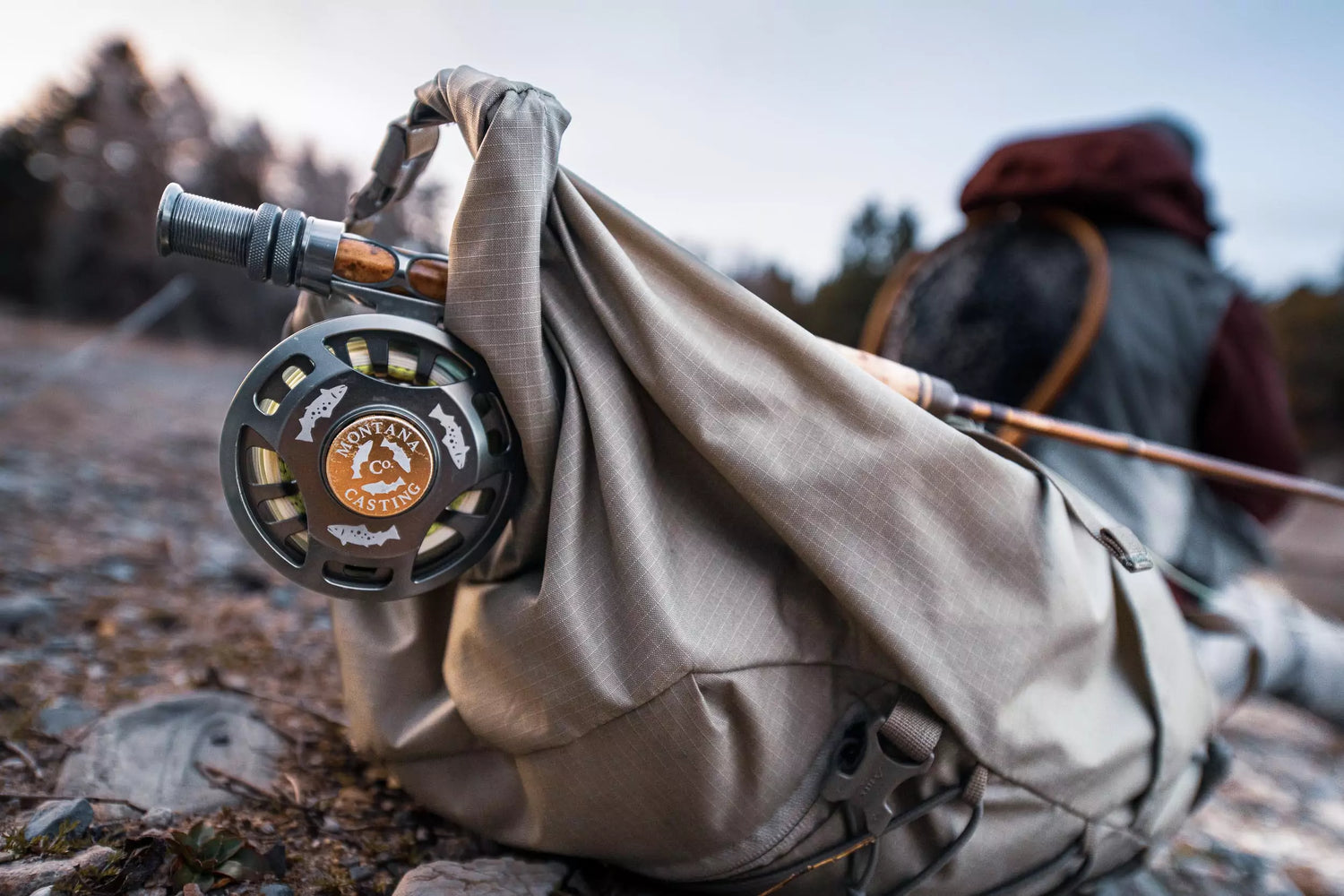
Our Fly Fishing Reels - The Lowdown on the 406 Series
406 Fly Fishing Reels: Everything You Need to Know Dive into the specs behind Montana Casting Co. fly fishing reels, our favorite uses for each model, and some useful pointers...
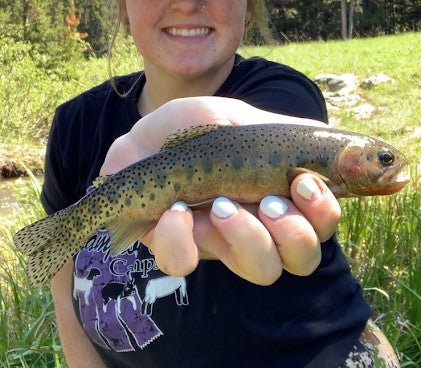
Fly Fishing in the Little Belts - A Story by Madelynn Pandis
Hidden in Plain Sight - A Fly Fishing Story by Madelynn Pandis Growing up in the mountains, I have always had a special place in my heart for mountain streams...
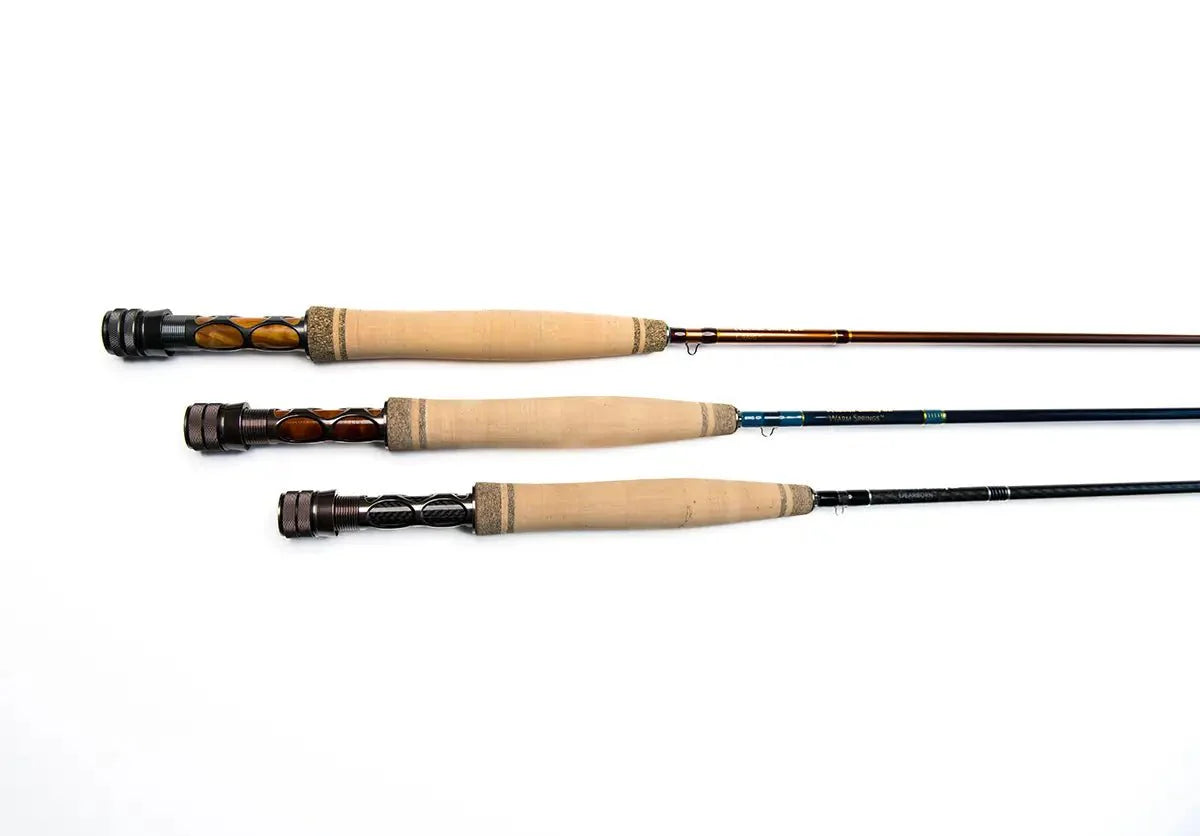
How We Named Our Fly Rods
Every Montana Casting Company fly rod carries a small reminder of the places and moments that shaped us, both as fly fishers and people.
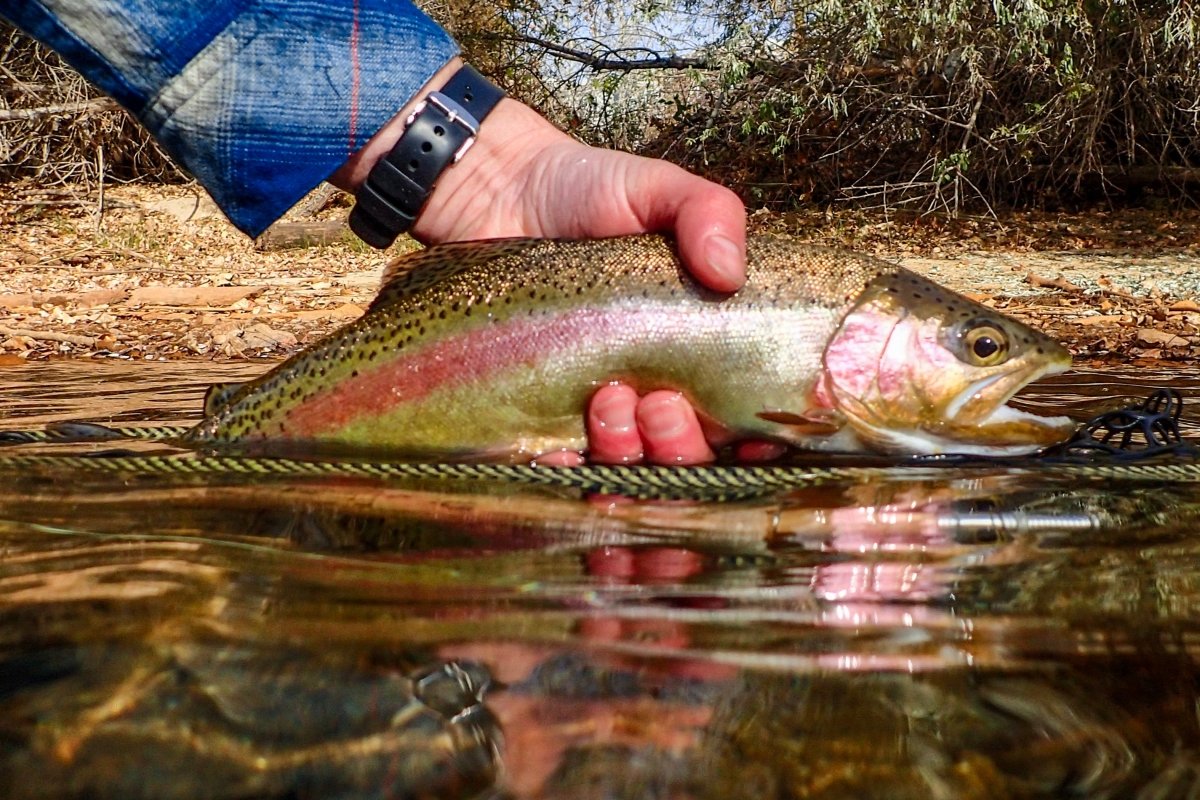
Fly Fishing the Williamson
In July of 2022, I was fishing the Williamson River outside Klamath Falls, Oregon. Redband Rainbow Trout come out of Lake Klamath in the summer to seek refuge in the...
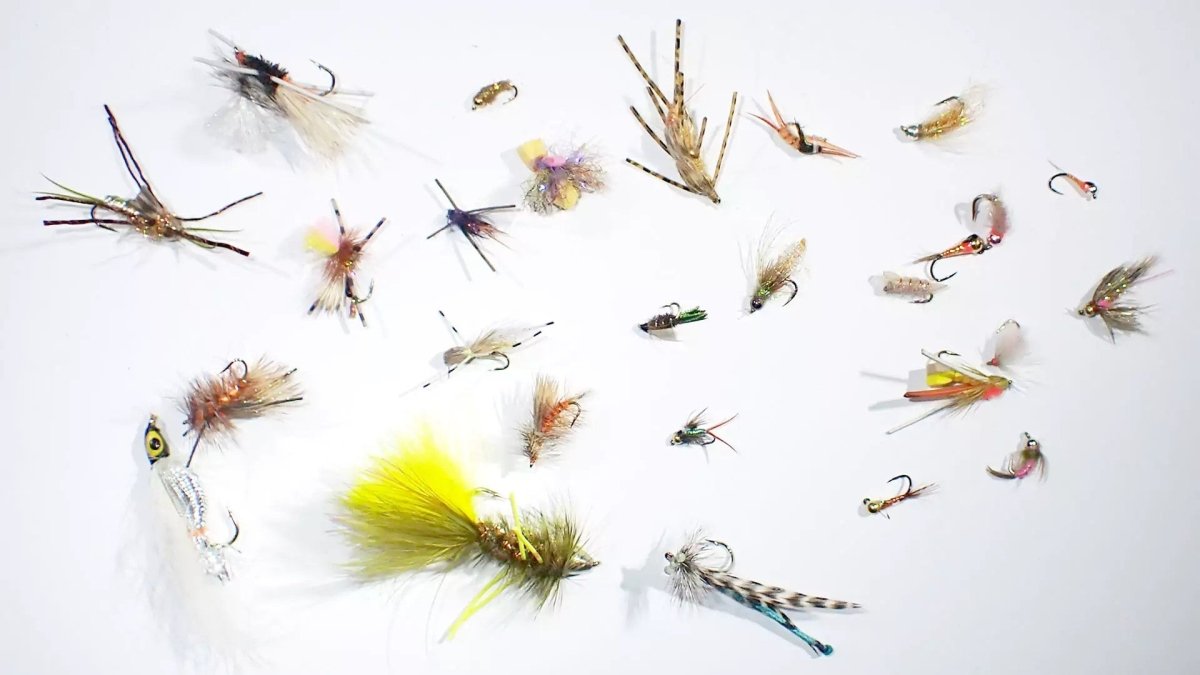
Fly Fishing on the Cutthroat Diet
Fly Fishing on the Cutthroat Diet Though it’s not necessarily known for being the wiliest fish on the river, the cutthroat trout is hauntingly beautiful. Luminous scales of warm gold,...
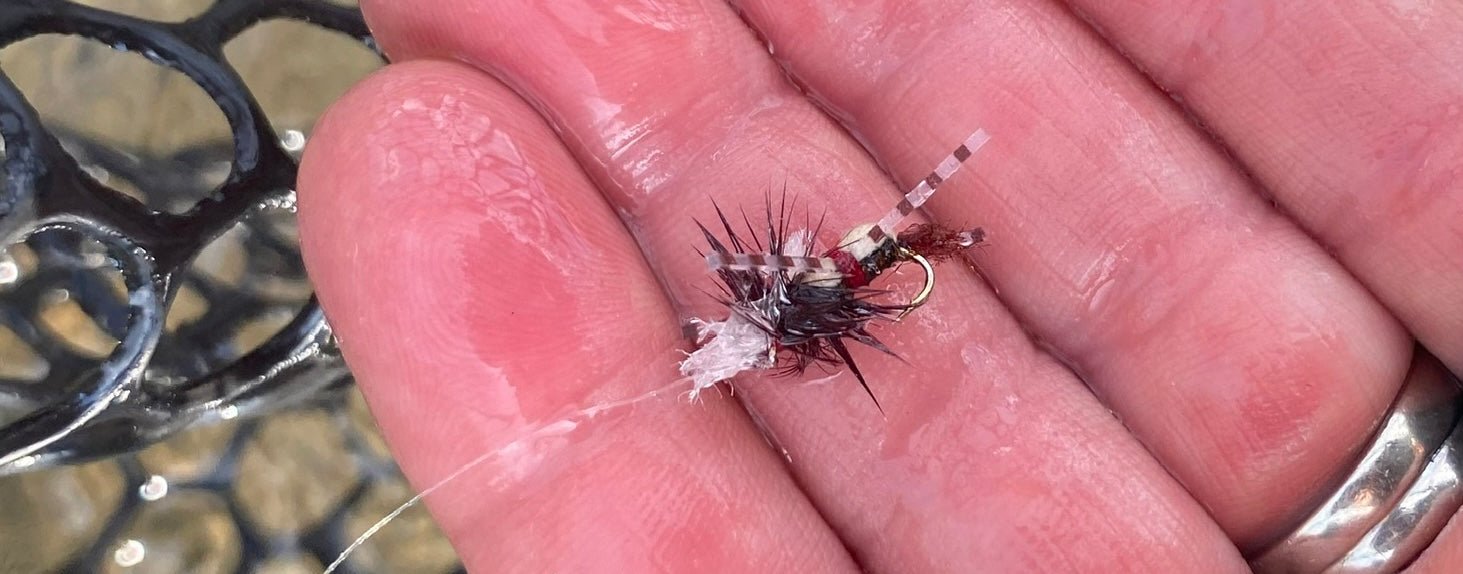
Fly Fish Much? What to do if you “Get Hooked Up”
If you spend much time around sharp objects, sooner or later, you’re bound to experience a mishap.
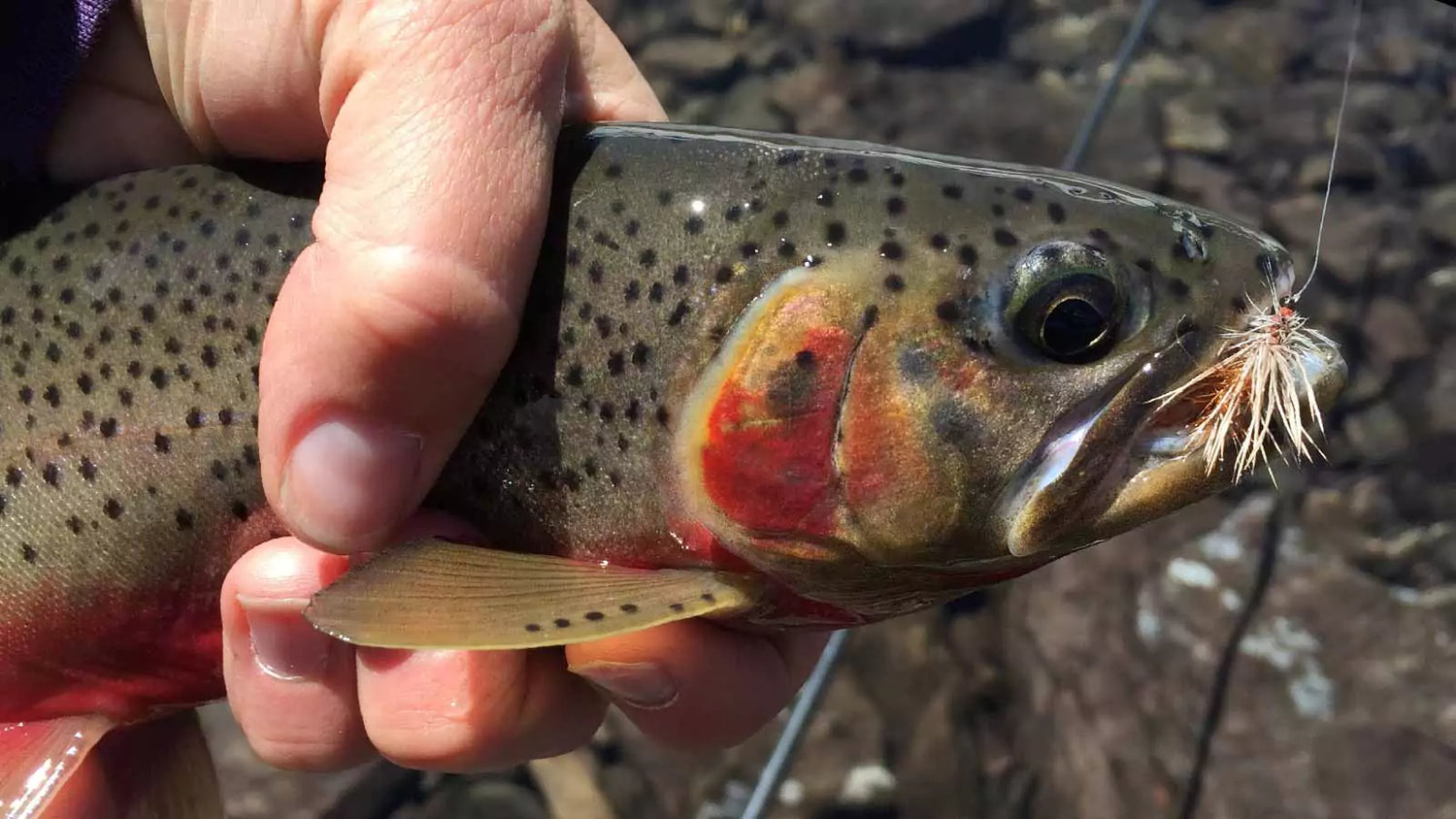
Fancy Fly Rods, Reels, and Flies Only Get You So Far
Doesn’t matter if you’ve been fly fishing for years—practicing your casting techniques, knot tying, and studying entomology... there will be days when the fish refuse to bite. It might be...
